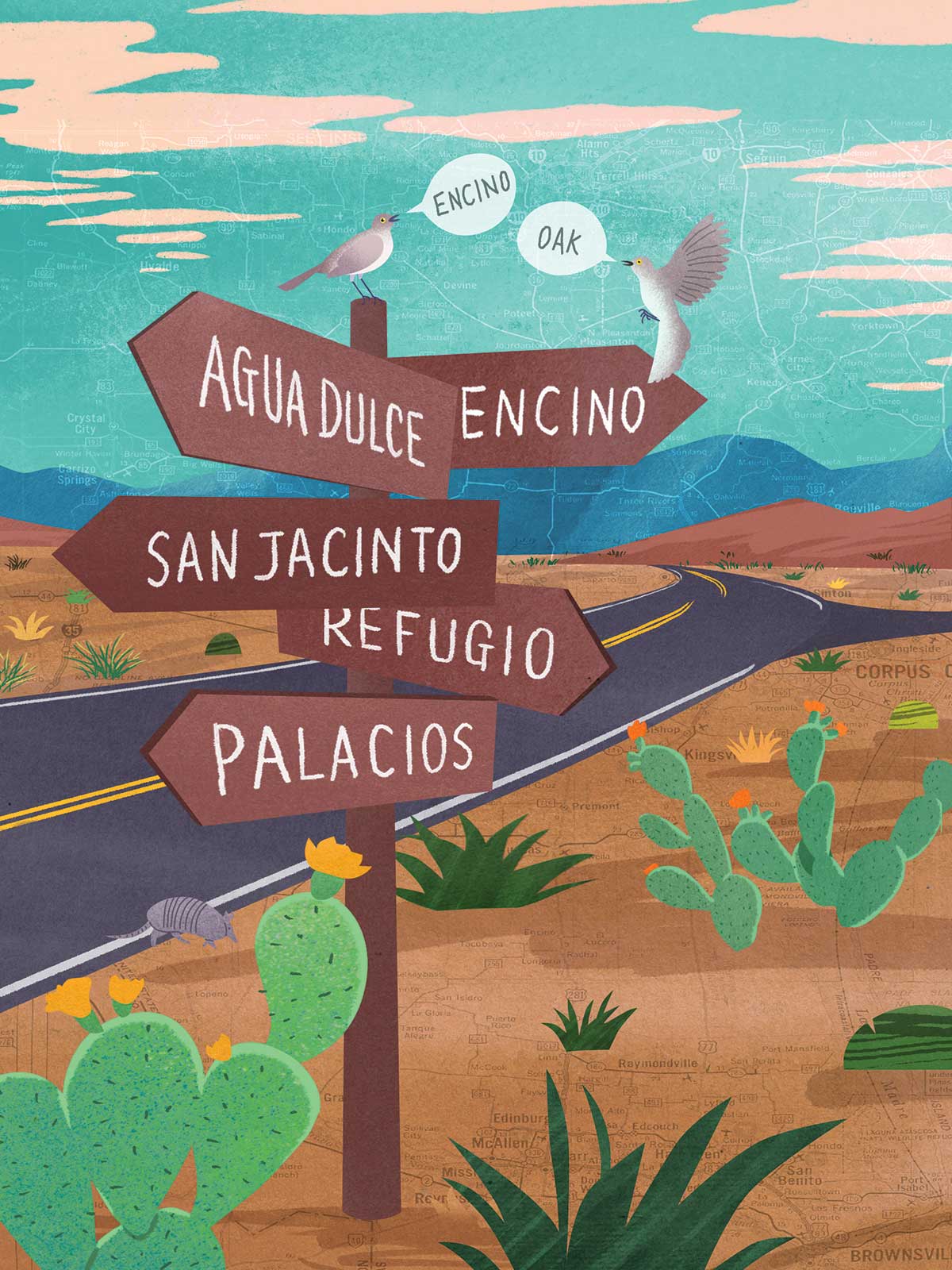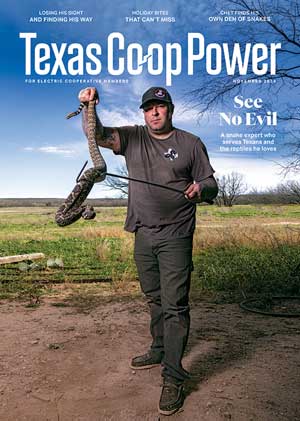For those who have at least a rudimentary knowledge of Spanish, traveling Texas becomes quite interesting because the Spanish names of places reveal, or hint at, their histories.
For instance, Alamo means cottonwood, as in cottonwood trees. The mission was named after the hometown of the Mexican soldiers who served there in the early 1800s—Alamo de Parras.
San Antonio is named for St. Anthony. The Spanish explorers who came upon the river and springs there in 1691 arrived on the Feast of St. Anthony, June 13, and used the occasion to honor him.
Corpus Christi has a similar naming story. Latin for body of Christ, the city was named for the Feast of Corpus Christi, which is 60 days after Easter. Legend has it that’s the day that explorer Alonso Álvarez de Pineda first laid eyes on the sparkling tropical bay.
San Jacinto, in English, would be St. Hyacinth. The battle of that name was fought near the San Jacinto River, which was named either for the hyacinths that grew there so bountifully and bloomed so beautifully, or for St. Hyacinth, the patron saint of those in danger of drowning. Perhaps it was named for both.
Many merely wide places along the trail became small towns and were named for the original attractions that put them on the map.
Listen as W.F. Strong Narrates This Story
Visit Texas Standard for more W.F. Strong stories (most of which are true).
Encino, 46 miles north of Edinburg, is such a case. Encino means oak. In the 1800s it had an ancient, sprawling oak tree that provided much-appreciated shade for travelers and cattle. In fact, range cattle gathered beneath it so much that they created a large depression in the ground there. Thus, it was more properly known then as El Encino del Pozo, the oak in the hole. Encino became a stagecoach stop, but sadly, the namesake tree died long ago.
Palacios, the enchanting town on the Gulf of Mexico, means palaces. There are some lovely homes there but no palaces. The town’s original name was Trespalacios, for the first governor of the Mexican state of Texas, José Félix Trespalacios.
Refugio means refuge in Spanish, and the name indeed tells of the town’s historical—and even present—significance. Well over 200 years ago, it was a refuge for travelers, a safe haven for those traveling across the frontier to San Antonio or Austin’s colonies or south to Corpus or Matamoros.
Today it still functions as a refuge as the halfway point between the Rio Grande Valley and Houston. For its size, it has an unexpectedly large number of restaurants, gas stations and hotels, all teeming with travelers.
The Nueces River, meaning the river of nuts, was so named because of the plentiful pecan trees that grew along its banks.
Agua Dulce of South Texas has a sister city in West Texas—Sweetwater. Both were named for what was a highly prized type of water: Sweet water, as distinguished from brackish or salty water, was, naturally, greatly preferred. It was the sort of attribute chambers of commerce could use to market a town, or name it.
Here’s some homework for you. See if you can figure out what Pecos means. It’s a hard translation to pin down, with more twists and turns than the river itself has. Buena suerte, amigos.



